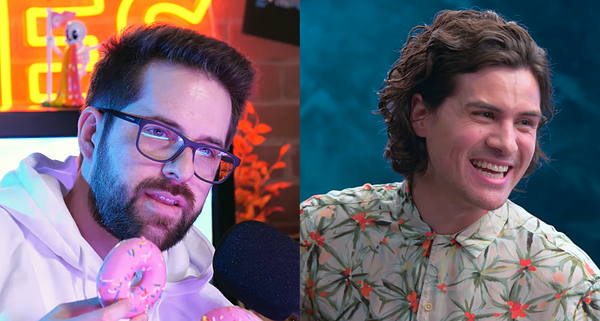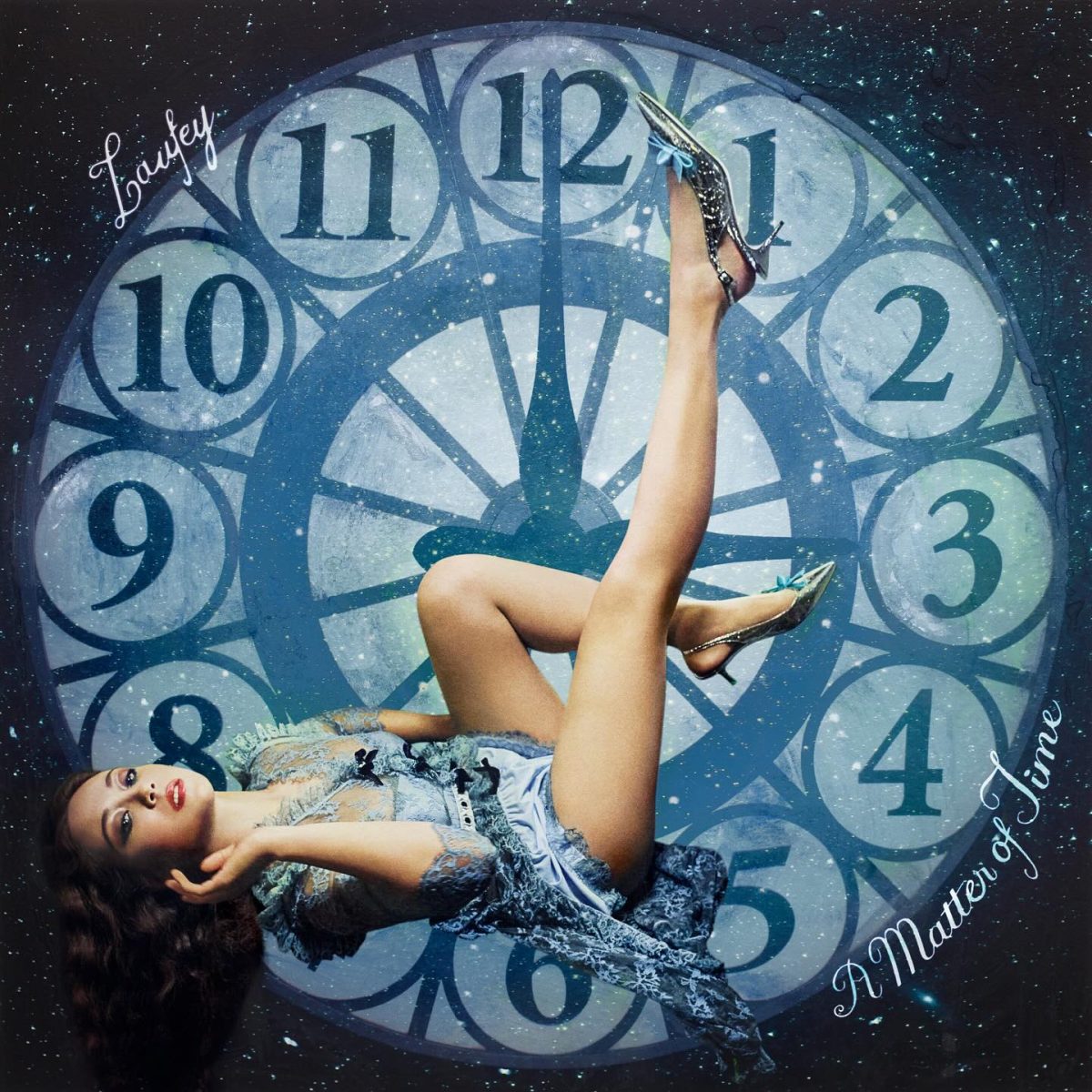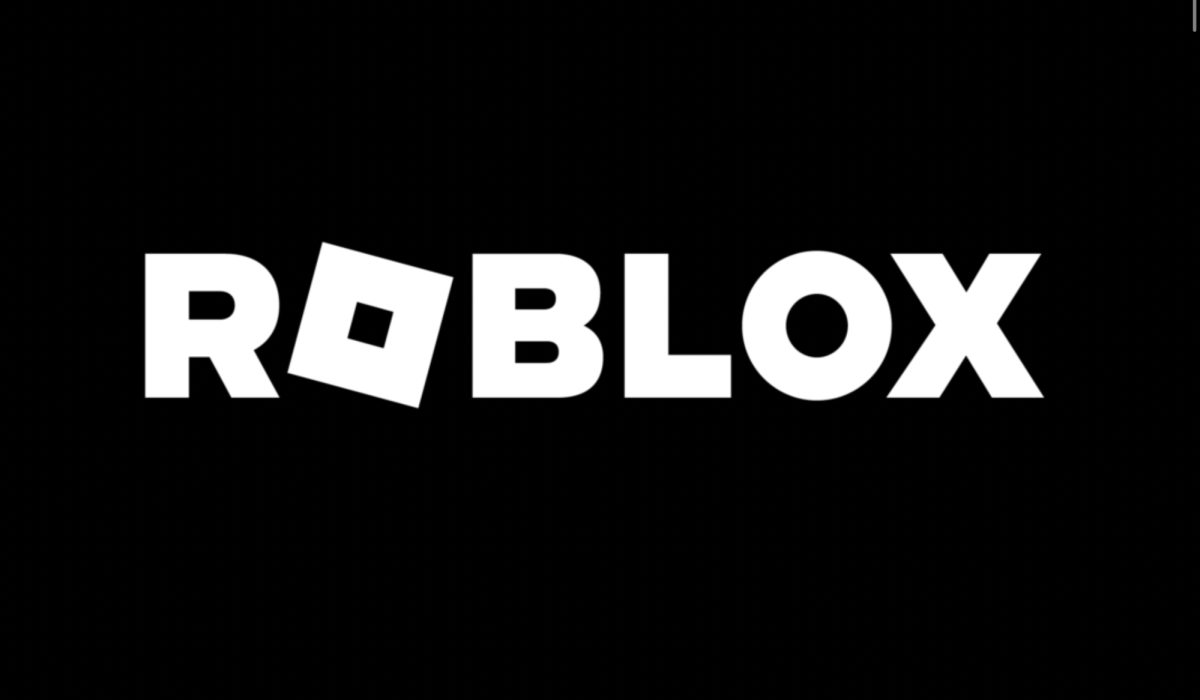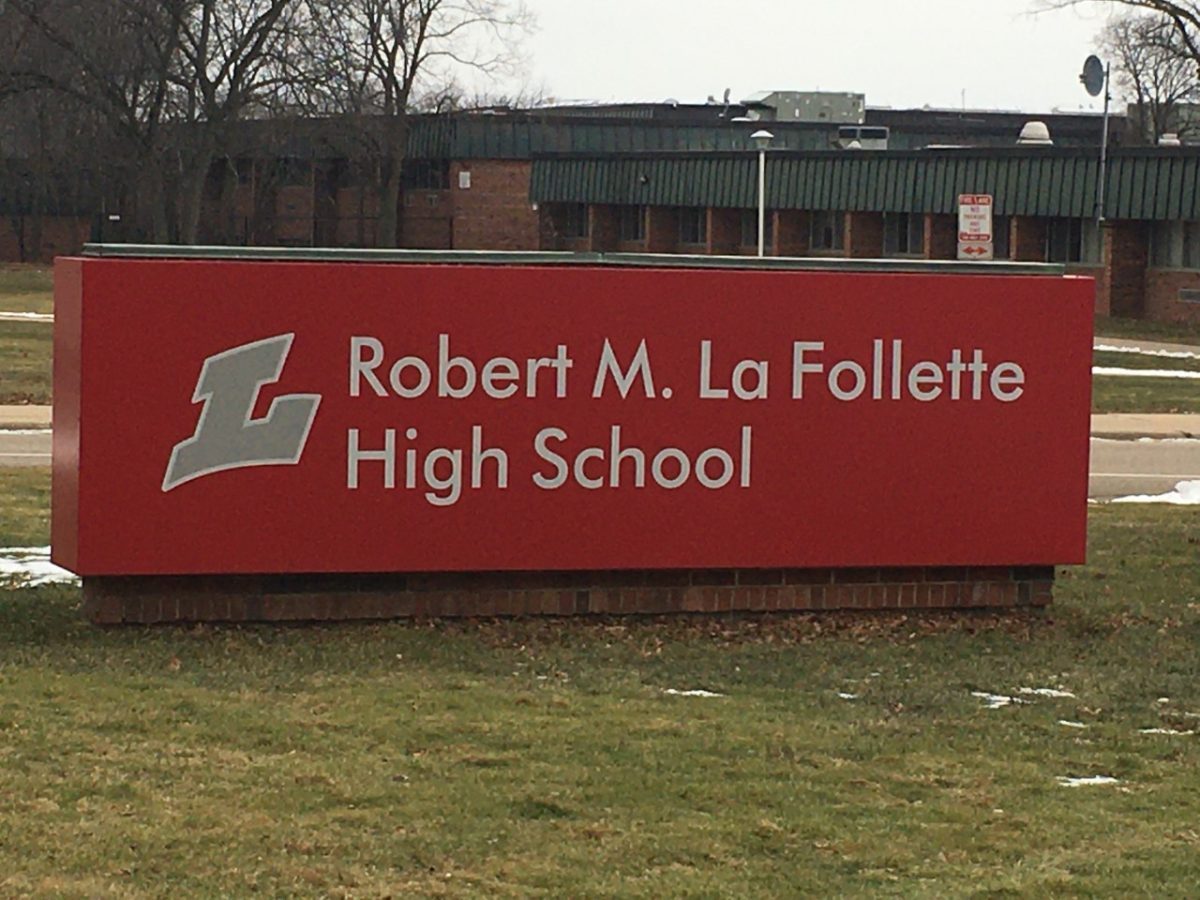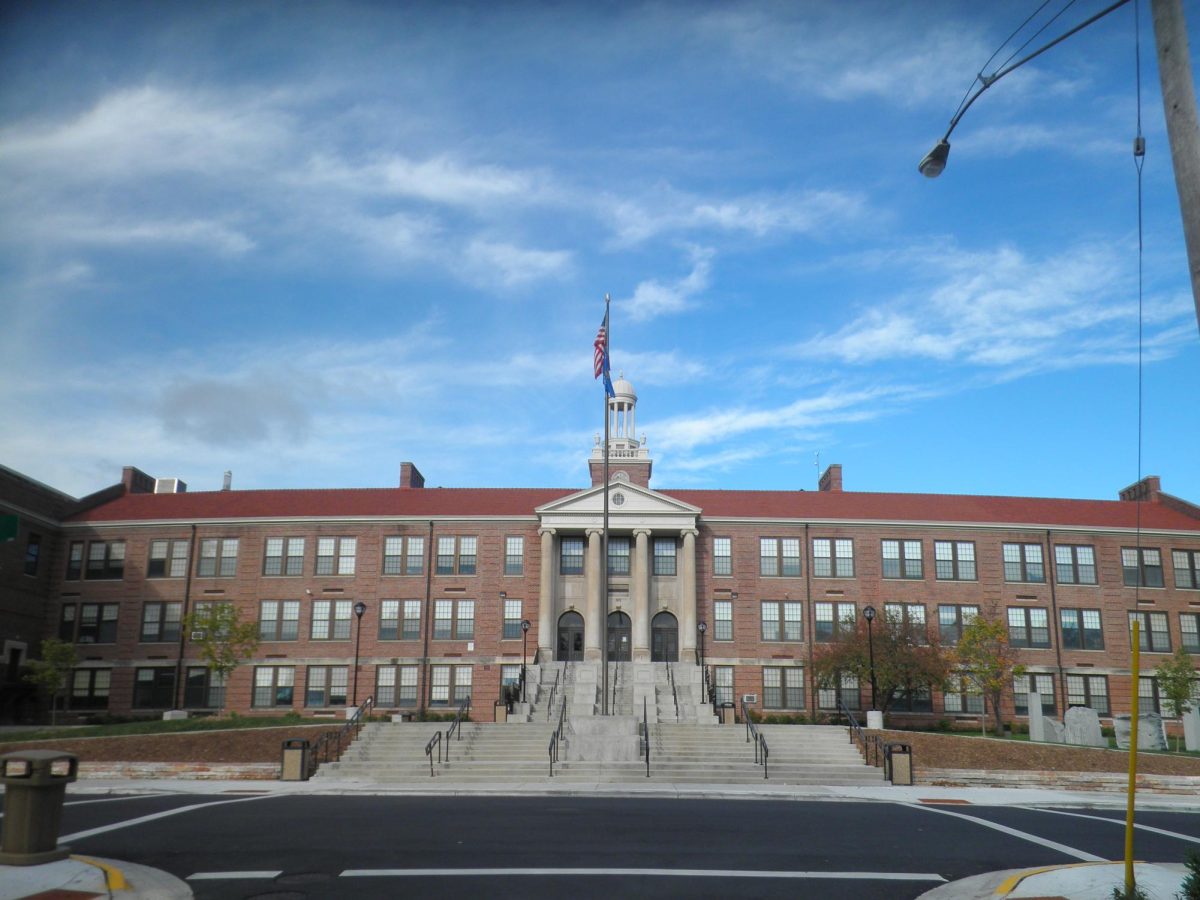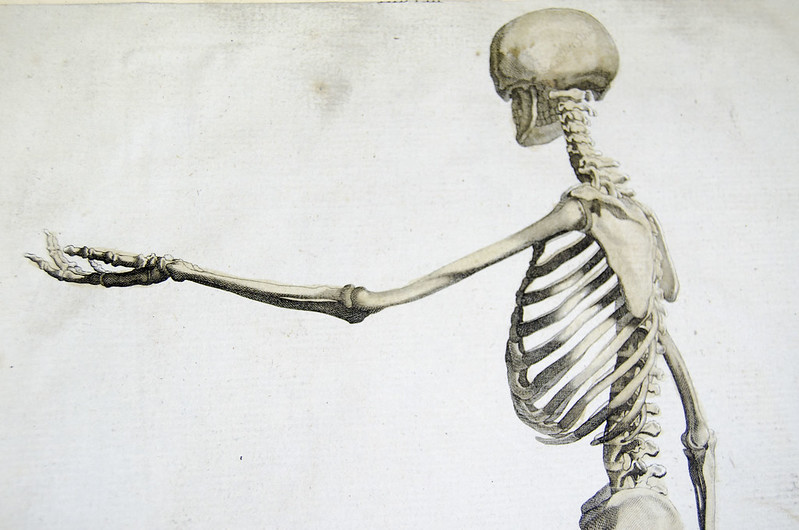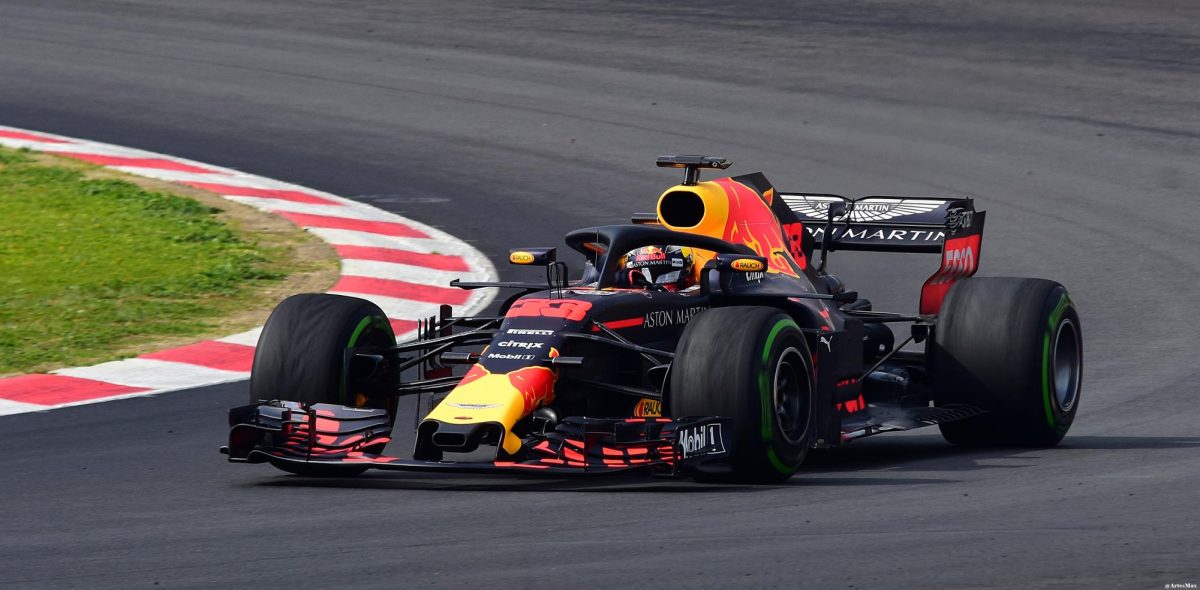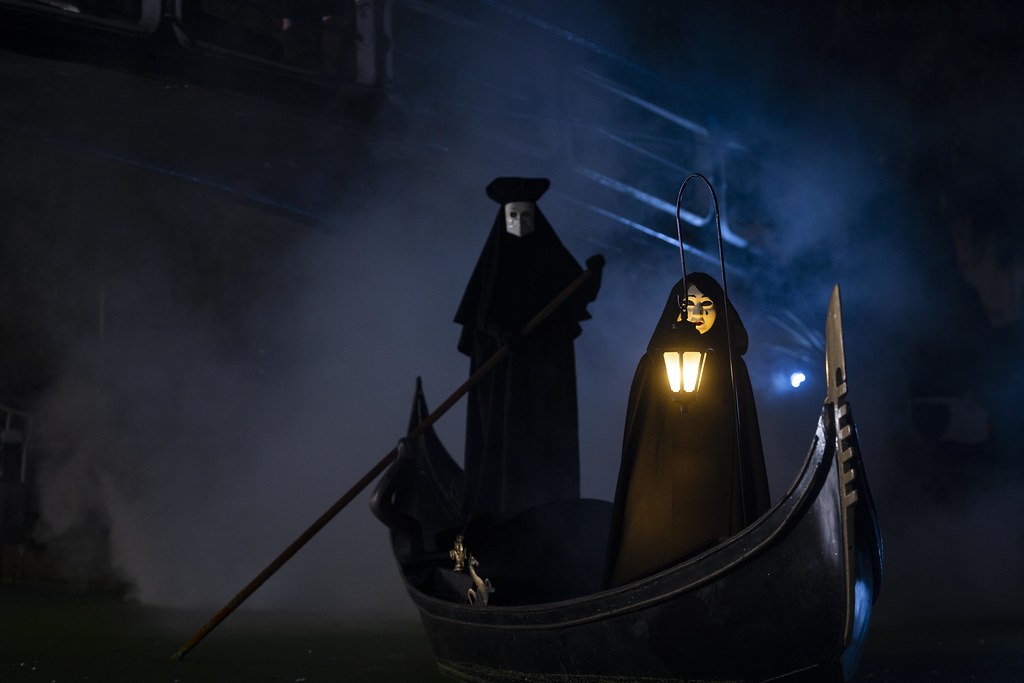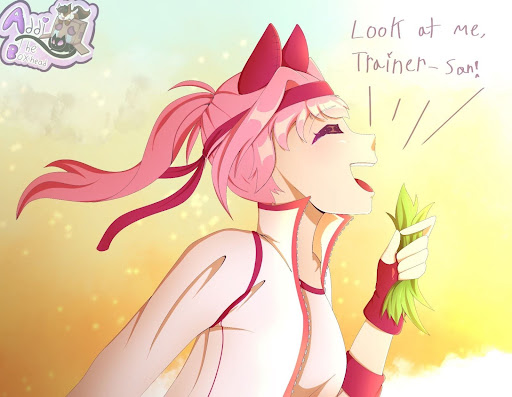A Haunting In Venice, the latest adaptation of the works of Agatha Christie, by director Kenneth Branagh, begins not as a murder mystery, but as a ghost story. A murky black-and-white dream sequence gives way to a quick catch-up on world-class detective and protagonist Hercule Poirot (played by Branagh himself, whose love for playing the mustachioed gumshoe is rivaled only by the detective himself’s love for mystery), who has given up on the public life after the events of Death on the Nile. For those who have not seen that film (good, it was bad) or any other in the Poirot oeuvre, you’re in luck, because the film is quick to establish its own standalone premise after Poirot’s tedium is broken by an invitation from an old friend and mystery author Ariadne Oliver (Tina Fey). She asks him for help in debunking a midnight seance at a haunted house by a medium deemed the “Unholy” Joyce Reynolds (played all too briefly by the wonderful Michelle Yeoh). Poirot reluctantly accepts the invitation, drawing him into a night of terror that calls into question not only his belief in the supernatural but also his trust in the innocence of the very people around him.
Sounds like a lot of information? Good, because the movie presents itself in much the same way, introducing its reasonably large cast of characters with a few lines of blunt exposition each before once again heading off to the races. It’d be wrong to call A Haunting In Venice’s pacing quick—it is a moody murder mystery set in a gothic Venice mansion after all–but there’s an off-kilter quality to the way the film moves that makes it often confusing to get through the setup. Off-kilter is an apt descriptor for Branagh’s filmmaking as well, though I’ll give him that there it feels intentionally so. Characters are either shoved way to the side of the frame or placed dead center, in oppressive close-ups or agoraphobic wide shots and lensed in focus that is either off-puttingly deep or nauseatingly shallow (with some signature Branagh Dutch angles sprinkled in as well). The experience of watching A Haunting In Venice is one where you’re constantly aware of where and what you’re looking at, which is a well-executed translation of his central detective’s perspective in the film if an often intrusive one. Branagh is known for adaptations of Shakespeare and stilted Disney movies, and so it’s unsurprising that his sensibilities don’t meld as effectively to gothic giallo-adjacent murder mystery.
Still, as much as there is to critique, there is also much to enjoy. Aside from some janky framing choices, the film is gorgeously shot by DP Haris Zambarloukos, with swathes of warmly lit lavish Venetian interiors and establishing shots of shadowy gothic tableaus. The entire thing has a fabulous spooky autumnal vibe, often leaning into the film language of horror in its editing and sound. The production design by John Paul Kelly is also beautiful and utilized to its fullest effect. And of course, a review of an Agatha Christie adaptation wouldn’t be complete without talking about the mystery: it’s fine! Solid. Predictable if you’ve seen too many of these, but if you love the genre like I do, I can safely say you will get what you paid for. The cast of suspects is far less star-studded than previous entries, but each does their best with the two-dimensional archetypes they’re given. If you’re a fan of the murder mystery genre and you’re looking for a film for the season, you could do much worse than A Haunting In Venice.










